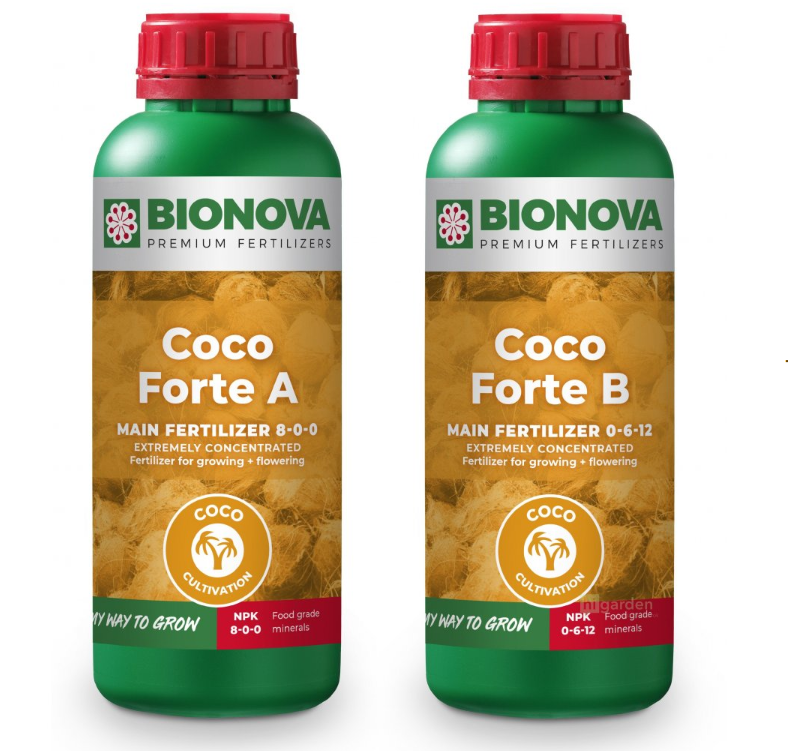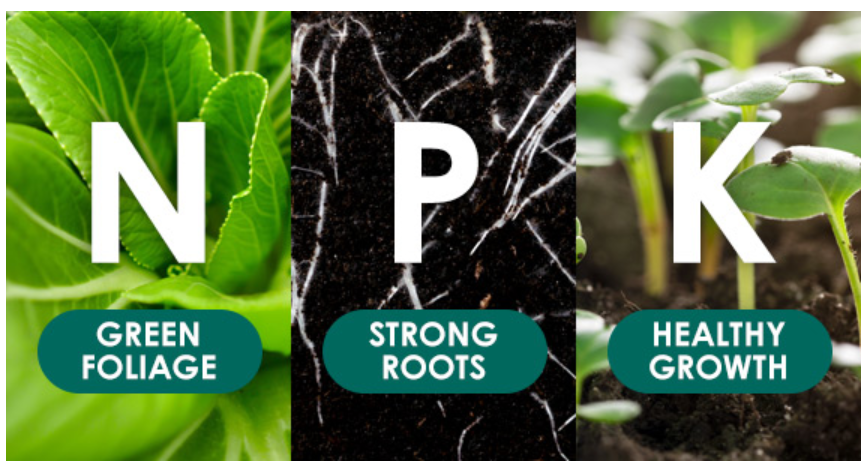If you want to support your efforts in plant cultivation as much as possible, fertilizing is absolutely essential and a key component. Some may find it complicated, but it's not rocket science. Let's take a look together at the basic rules that, when followed, will make you rejoice over the harvest.
Fertilizers typically contain primarily three basic nutrients, which are abbreviated as NPK (N - nitrogen, P - phosphorus, K - potassium). In the vegetative phase of the plant, nitrogen (N) is needed to promote growth and the formation of strong green parts of the plant, namely stems and leaves. This is mainly possible due to nitrogen's ability to form chlorophyll, which is responsible for proper photosynthesis. Phosphorus (P) is important in the vegetative phase mainly for the healthy growth of the root system. During outdoor cultivation, the vegetative phase usually lasts longer, while in indoor conditions, it transitions very quickly into the flowering phase. Plants start flowering either based on photoperiod (day length) or depending on their age. Flowers and fruits begin to form when the plant is mature enough. When transitioning to the flowering phase, we reduce the supply of nitrogen in favor of potassium (K) and phosphorus, which promote lush flowering and increase yields. Potassium then helps in the formation of important compounds in the plant and also improves overall resistance to diseases and stress.
.jpg)
In addition to nutrient deficiency in a given phase, we must also be careful about over-fertilization. In an attempt to "treat" our plants, it can easily happen that we over-fertilize them and thus destroy them. Each plant can only absorb a certain amount of nutrients, while the rest remains in the substrate and salts it. It is therefore necessary to adhere to the recommended doses of fertilizers manufacturers and not try to improve the plants in good faith. Moreover, if you are using special substrates, they are usually pre-fertilized for the first 2-4 weeks of growth, so fertilization begins after this period. For proper nutrient dosing in specific stages of plant development, it is not necessary to calculate the ratios of individual components, but you can take advantage of a wide range of organic and mineral fertilizers according to your requirements and cultivation method.
.jpg)



.jpg)




